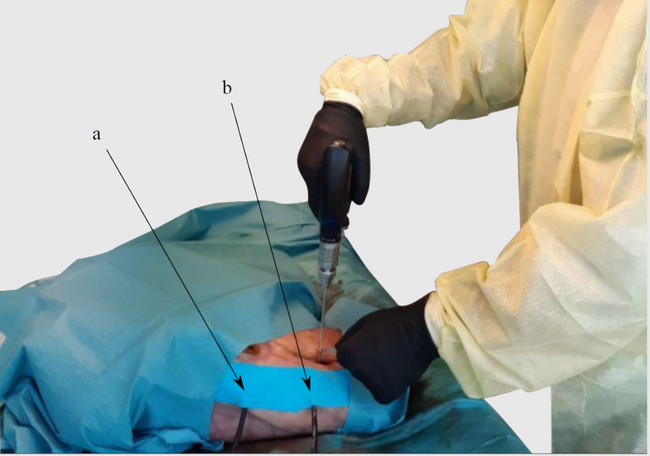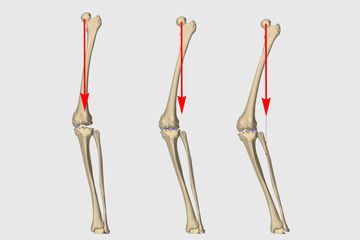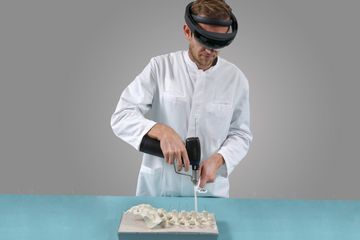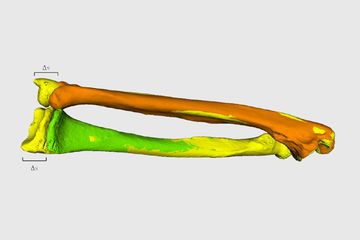Acoustic Sensing für orthopädische Eingriffe
Audio and vibration signals from the surgical area can be of great benefit for monitoring orthopedic interventions and preventing errors when performing surgical actions.
As part of the SURGENT project, which was selected as a flagship project of Hochschulmedizin Zürich (HMZ) in 2018, new technologies are being developed to assist in the performance of highly complex surgical procedures and to minimize potential surgical errors.
In this project, non-visual sensors such as contact vibration sensors and room microphones will be used to capture acoustic signals directly from the surgical area. These signals are automatically analyzed and evaluated using deep learning algorithms. The resulting system can provide additional information about the surgical procedure, prevent errors, and be used for workflow analysis. Furthermore, multimodal sensor concepts are an important step with regard to future (partially) autonomous robotic interventions.

In this context, our team is researching various application areas, for example, monitoring surgical drilling during orthopedic procedures [1], or the assessment of the optimal insertion endpoint during femoral stem insertion in Total Hip Arthroplasty [2]. Here, critical situations, such as the breakthrough of the drill and an associated potential injury to soft tissue, should be detected as quickly as possible. Such a system could automatically stop the drill when breakthrough is detected, drastically reducing the risk to patients.
References
- Seibold M, Maurer S, Hoch A, Zingg P, Farshad M, Navab N, Fürnstahl P. Realtime Acoustic Sensing and Artificial Intelligence for Error Prevention in Orthopedic Surgery. Scientific Reports, 2021.
- Seibold M, Hoch A, Suter D, Farshad M, Zingg PO, Navab N, Fürnstahl P. Acoustic-based spatio-temporal learning for pressfit evaluation of femoral stem implants. International Conference on Medical Image computing and ComputerAssisted Intervention, 2021.
Project Team & Cooperations

Prof. Nassir Navab
Technical University of Munich



